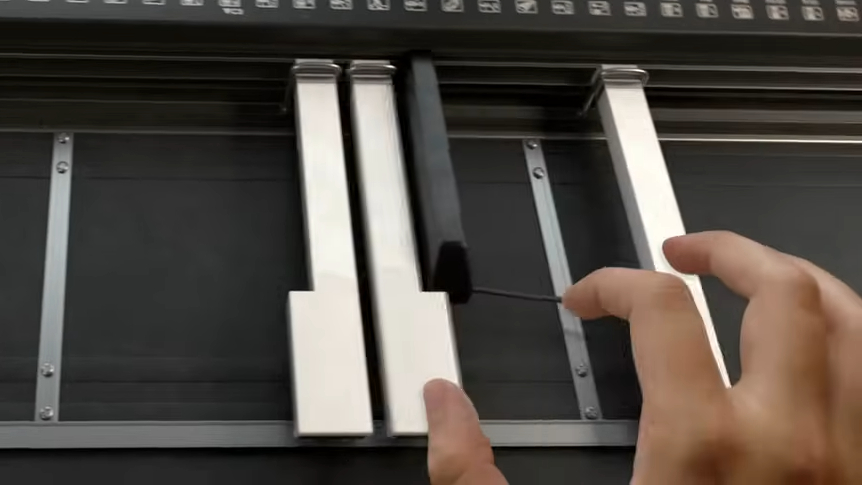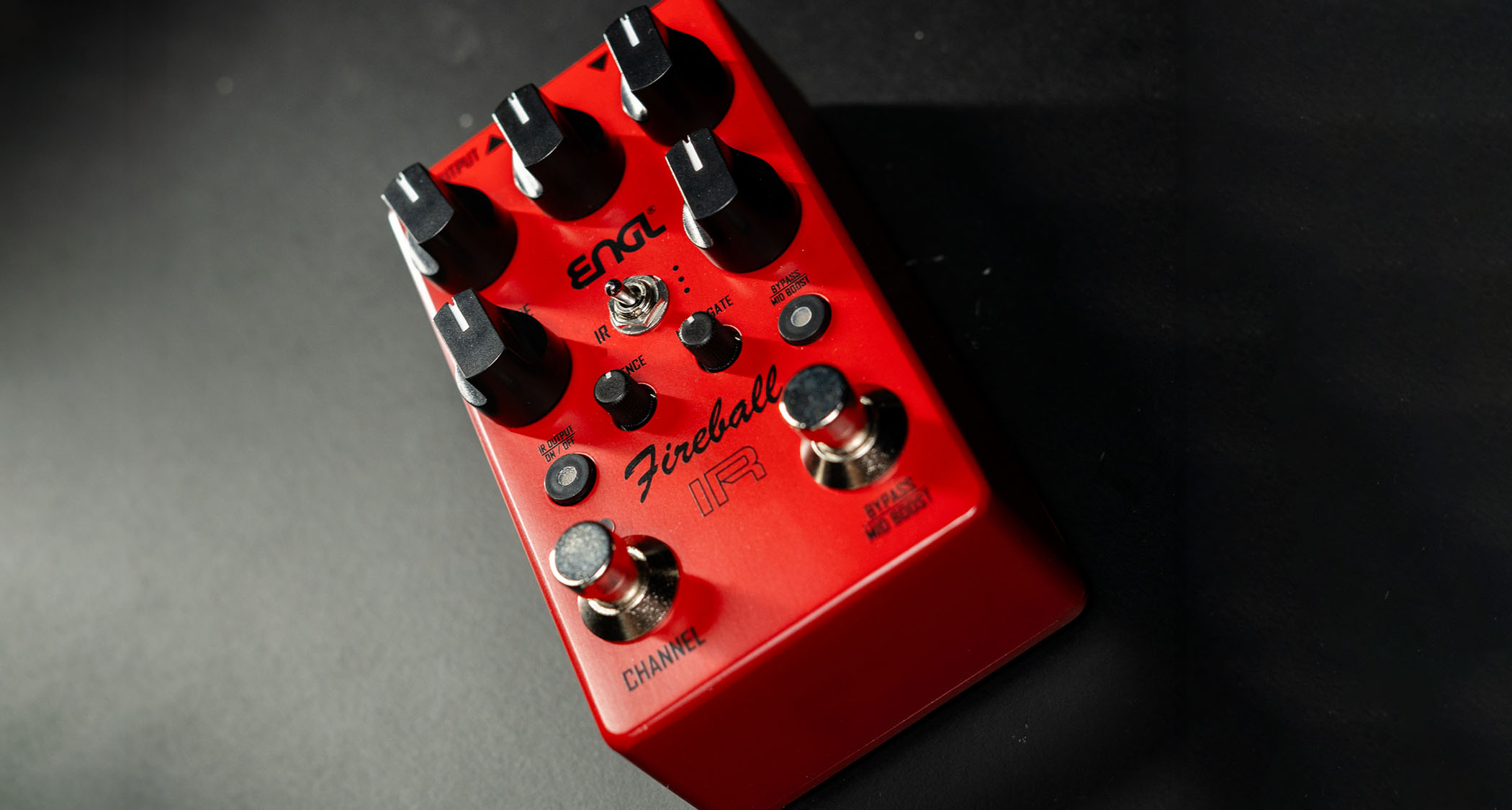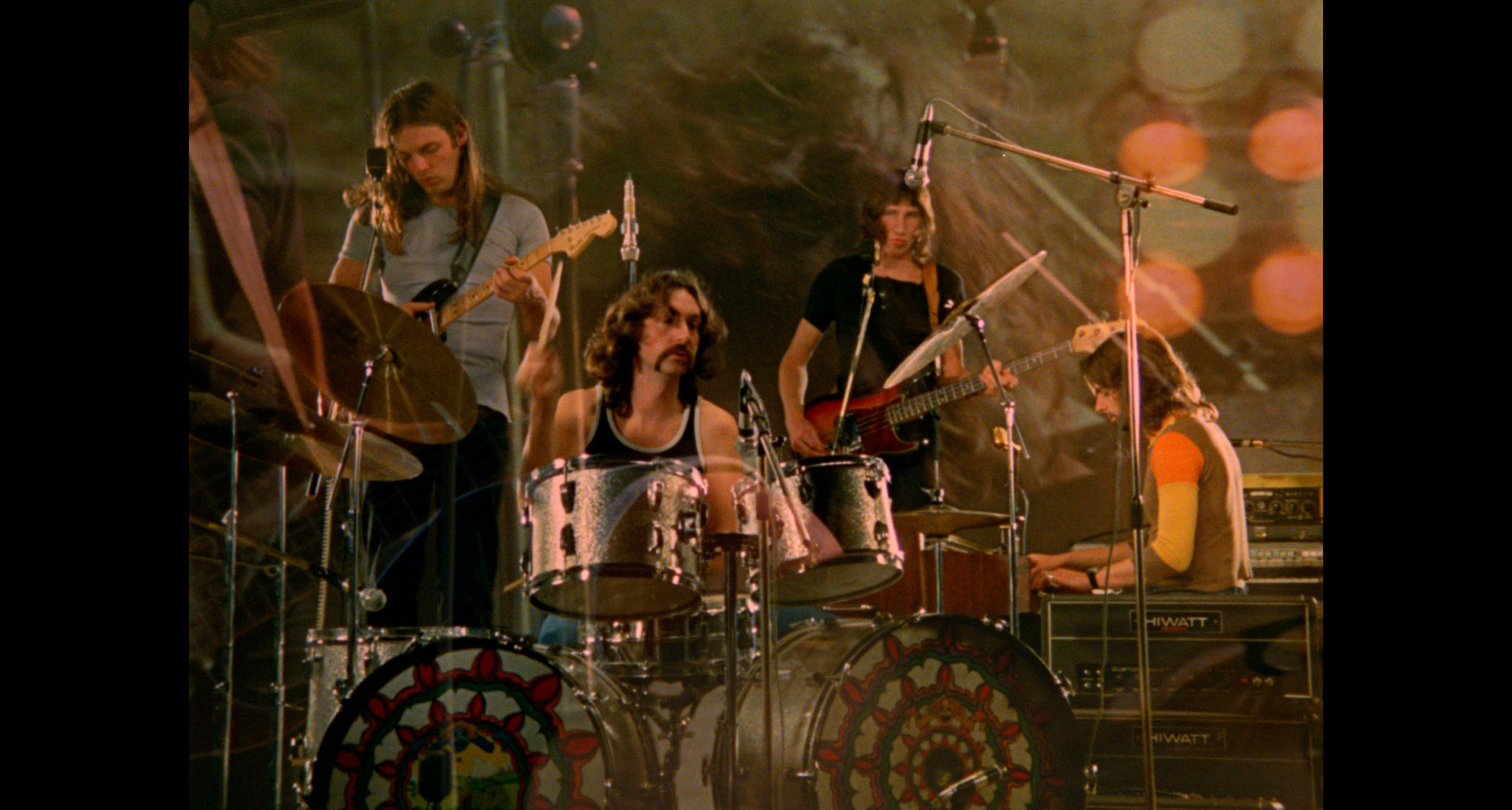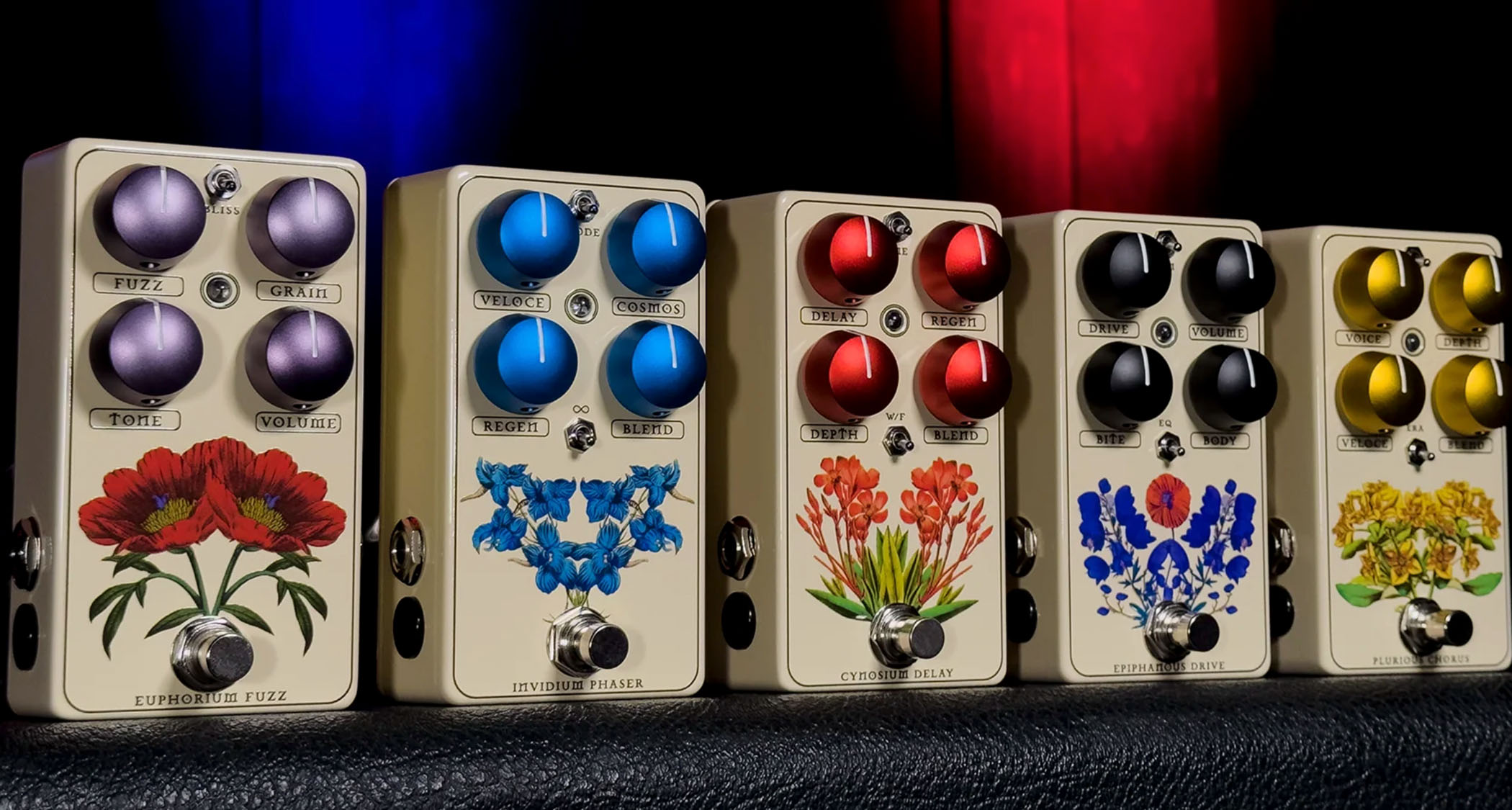Classic album: Simian Mobile Disco on Attack Delay Sustain Release
James Ford and Jas Shaw cast eyes and ears back over their 2007 club classic
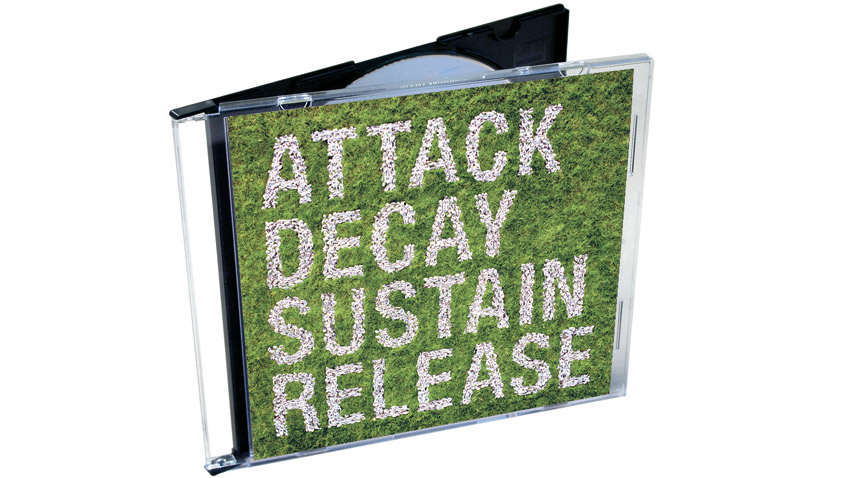
When the fun is gone from making music, it’s time to call it a day. That was the dawning realisation for psych pop outfit Simian as they finally descended into fisticuffs in a Texan fish restaurant.
They’d had a good run, birthing two acclaimed studio albums and a run of successful singles, but the peculiar stresses of touring had taken their toll.
Drummer James Ford and programmer Jas Shaw had already been tinkering away with what would become their Simian Mobile Disco offshoot, so shedded bassist Alex MacNaghten and vocalist Simon Lord, to concentrate on their increasingly carefree electronic music-based splinter project.
Cheerful remixes with the Simian Mobile Disco stamp came thick and fast, but along the way the duo had also been stockpiling enough of their own material. So, while the going was good, thoughts naturally turned to making their own artist album.
“We collected together all this stuff we’d been working on,” says Shaw. “It was so much, it wouldn’t fit on one CD. It was like 30 tracks, and the album was made of the ones that had risen to the surface. It was stuff we’d made after little gigs in pubs, and on weekends pissing about the studio.”
Without the bitter in-fighting and creative differences of their previous outfit, Shaw and Ford effortlessly complied and polished the meat of what was to become their debut, Attack Decay Sustain Release.
Its ten tracks took in punchy, hooky, bleepy, beautifully crafted electronica. It was nostalgic for a bygone era of 80s and 90s dance music, and it was a joy to make. No more squabbles. No more stress. No more fighting over the smell of fish.
Get the MusicRadar Newsletter
Want all the hottest music and gear news, reviews, deals, features and more, direct to your inbox? Sign up here.
“In Simian our relationship got very painful and fractious,” says Ford. “Me and Jas just went back to what we knew - making what we thought was dance music with a little mixing deck and guitar peddles, influenced by people like Autechre and that 90s Warp sound. We just went back to having fun.”
2017 marked the ten-year anniversary of Simian Mobile Disco’s debut album, Attack Decay Sustain Release, and to celebrate, they re-released the original LP, remastered and on double vinyl for the first time, along with a special digital compilation Anthology: 10 Years Of SMD, featuring tracks plucked from their extensive back catalogue. It's out now on Wichita Recordings.
Here, James and Jas take us through every track on Attack Decay Sustain Release.

Sleep Deprivation
James Ford: “I remember all the bits and loops for Sleep Deprivation came from us trying to get sounds out of an Analogue Systems Modular synth. The tune started as a drum pattern, and we left it to one side for a few weeks and then added this bassline and it really took a new direction. It was like, ‘Wow! This is where we should be going!’ When we landed on that one it was like we’d figured it out.”
Jas Shaw: “When we did that bassline we were already mixing the album downstairs. It was the last record we finished in the whole bunch. It actually knocked something else off the album. We’d almost finished the album at that point. We were both like, ‘This is the one; this is where we wanna go’.”
I Got This Down
Jas: “This track has a lot of echo effects on it. James had just bought an Ibanez delay box. At the time, we were really into [early electro outfit] Jonzun Crew. They were quite silly and, in there own way, psychedelic. There was an oddness to them, about being in space and stuff that we liked.
“We used some 808 into a delay that was set really short - that made it all sound weird and spacey and chrome. I remember when we got that Ibanez box we were like, ‘Right, everything is going through that’. Whatever you put into it, it just came out the other side sounding more magical.”
It's The Beat
James: “This features Ninja, the vocalist from [Brighton beat boppers] The Go! Team. They were just around, or in the premises. We knew them at the time from gigs, and we’d remixed [their single] Ladyflash for them. It was a case of, ‘Hey. You wanna try a coupla hours of fucking around and seeing if anything works?’ Again, we were trying to go for something ridiculous.
“The ‘beepy’ noises were borderline... well, not even borderline, annoying. We wanted kinda out-of-tune, kinda odd party vibes, really. And we liked some of the stuff The Go! Team were doing at the time.
“Ninja came to the studio and we gave her a beat. It wasn’t like there was any writing involved. It was a case of messing around for 20 minutes and see you later, sort of thing.”
Jas: “We used the Korg MS-20 on here. We were going out a lot to clubs like Fabric and places like that at the time. You’d just hear all these really mental techno tracks that didn’t have any obvious tonal centre. The idea was that everything, apart from the odd stab, would be quite liquidy and bendy.
“A lot of the time, we’d set up a sound source, and then something that will modulate it, and then something else, and then fiddle with it until it did something good, or we got hungry.”
James: “Yeah. Work stopped when we got hungry. We would be writing out names for the tracks and once I absentmindedly wrote out ‘potato’. The cafe downstairs did really good jacket potatoes. After that, anytime someone was hungry, we would surreptitiously drop the word ‘potato’ into sentences. That would mean work stopped [laughs].”
Hustler
James: “We had quite a lot of instrumental stuff. We’d been messing around for six months or a year, DJing, making tunes to play out. And at that time I’d just started to try to become a producer and was working with different bands. There were a few random bands coming through doing try-out sessions. At the end of these sessions I would go, ‘I’ve got this electronic thing, you wanna try some vocals?’ That’s how Hustler came about.
“I was trying to do this track with Char Johnson and she just freestyled over some instrumentals and messed around. I put it to one side until Jas got back in the studio and we chopped it up and took bits we liked. Suddenly that idea of someone improvising over what we’d been working on, and then us chopping it up and manipulating it, appealed to us. Hustler was one of the first ones we hit on that with. After that we went looking for more of those types of vocalists.”
Tits & Acid
James: “This title came from a random mixtape I picked up in record shop or something in New York - Just a tape of silly old-school electro.”
Jas: “We borrowed a 303 at one point. We had it in the studio and were just going, ‘This is fucking amazing’. It’s one of those charmed boxes. Anything you put into it comes out ten times more amazing.”
James: “This was one of the first times we really recognised that something being a bit confusing and chaotic was a good thing. We tried to get stuff out of the 303 and didn’t know how to use it. It’s so weird the way you program it. You have an intention of what you want the machine to do and it does something totally different. I think we learned to embrace that, and it pretty much became our ethos for the rest of our careers: get a system that is heinously complicated, try and get it to do something, then stop when it sounds good, or we get hungry [laughs].”
I Believe
Jas: “The chords on this are the most boring chords you can have in the world.”
James: “It was a bit of an olive branch to Simon [Lord, vocalist in Simian] because we’d fallen out with him a little bit. He was, and still is, a great songwriter. He always comes up with great melodies and ideas.
“In a way I’m a little sad that Simian didn’t carry on a bit longer, because we could have done some interesting things.”
Jas: “He was also one of the few singers we knew at that point [laughs]. He wrote a really great song on this. It still sounds good to me, that song. It was the first time we tried to do something slower, and less clubby. It was our attempt at a ballad.”
It still sounds good to me, that song. It was the first time we tried to do something slower, and less clubby. It was our attempt at a ballad.
Hotdog
James: “Ninja from The Go! Team again. We were taking it back to that Malcolm McLaren, Buffalo Girls type of sound - that nursery rhyme style. We were trying to do something like that. Ninja brought that playground rhyme and we chopped it up and used it. We were just trying to have some fun with it. We weren’t too serious.”
Jas: “We were also shooting for an Italio disco type of sound, too. You know what I mean? Kinda campy. We missed, though, as it landed somewhere else [laughs].”
Wooden
Jas: “Bit 808 Statey there. We really wear our influences on our sleeves!”
James: “It was great working with 808 State and Graham Massey in Manchester. I toured with them for a while, playing drums. He was a big influence on me, and then Jas, via that.
“The odd chords that don’t really work together on Wooden, and the parallel chords that move around in quite an unnatural way, were inspired by him.”
Jas: “This track stayed in the live set for quite a while. We reworked them a bit down the line, but they managed to fit in with the more dancey/ravey direction that we went in later. This track was an early signpost to that type of direction.”
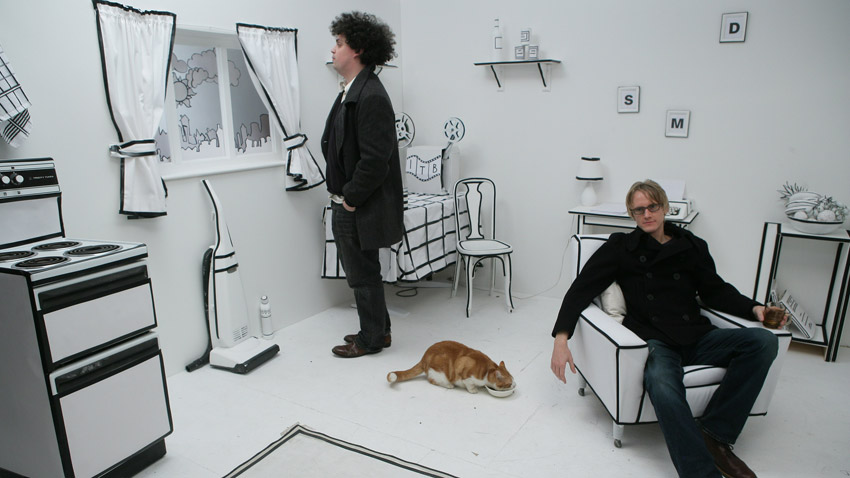
Love
James: “This was from one of the weird production sessions where I asked people to do stuff for me. I remember doing something with Clor who were, and are, a brilliant band - proggy pop. Kind of underrated, but bonkers. Their singer, Barry Dobbin, is a genius, and we got him on here.”
Jas: “Quite often we’d have these sketches of stuff we’d made, and the only way it could make sense for a vocalist was if you’d loop a little bit up for them, or choose a simple bit, and let them do something over the top of it. Then, once they’d finished doing stuff over the top of it, you’d pick a tiny bit and edit it together, and then make the entire track around the vocal. His vocals on this had such a strong drag in a direction.”
James: “We went down the vocalist/song route a lot more on the second album. On the first album it was whatever stuck or was easy. And with Barry we just looped his vocals around in a simple way.”
Scott
James: “Again, wearing our influences on our sleeves. This was our tribute to Raymond Scott, who was an early synth pioneer guy. He made loads of strange, oddball, advert music, but really outer-space.”
Jas: “He pretty much invented the sequencer; he was way ahead of his time. We tried to play his stuff out and were really influenced by him. We tried to do our own version of his style to end the album off - that more melodic, esoteric, synth prog sound.”
Head to the Simian Mobile Disco website for all the latest news.


Future Music is the number one magazine for today's producers. Packed with technique and technology we'll help you make great new music. All-access artist interviews, in-depth gear reviews, essential production tutorials and much more. Every marvellous monthly edition features reliable reviews of the latest and greatest hardware and software technology and techniques, unparalleled advice, in-depth interviews, sensational free samples and so much more to improve the experience and outcome of your music-making.
"At first the tension was unbelievable. Johnny was really cold, Dee Dee was OK but Joey was a sweetheart": The story of the Ramones' recording of Baby I Love You
"Reggae is more freeform than the blues. But more important, reggae is for everyone": Bob Marley and the Wailers' Catch a Fire, track-by-track

